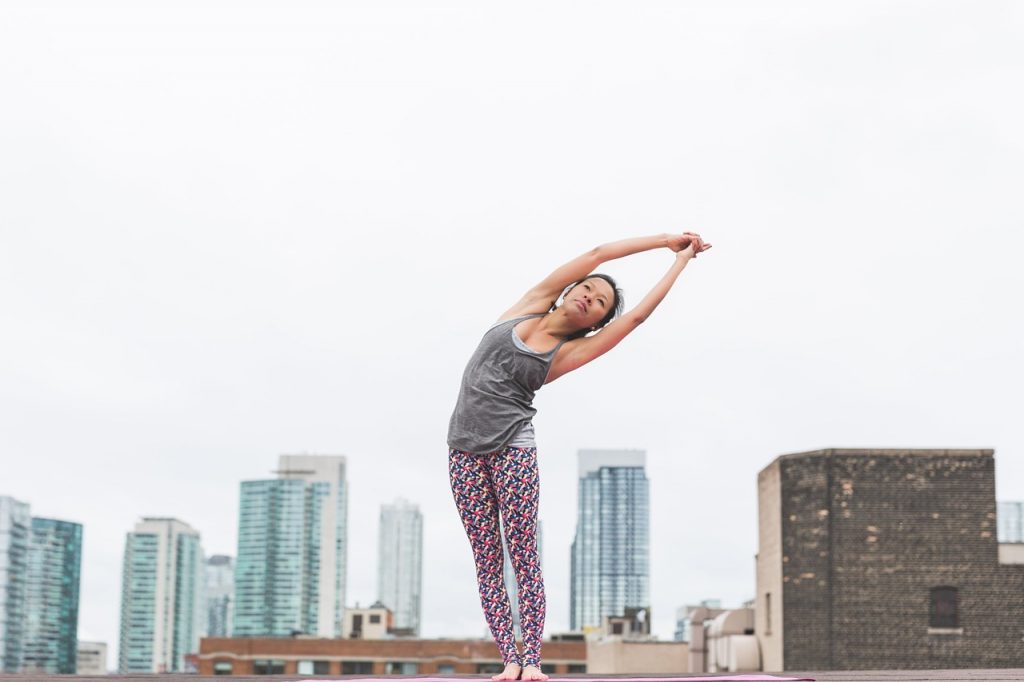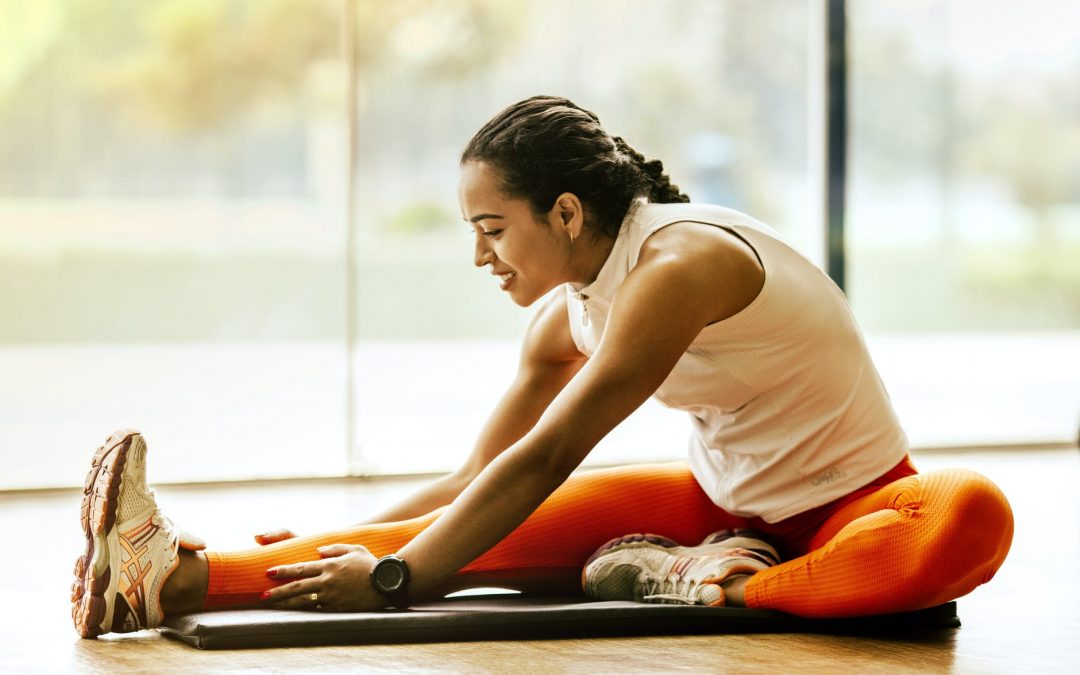Introduction
This is the second post on stretching and mobility for running. You can read the first part here. You may also find this post intersting about the ongoing debate as to whether strething is doing anything for you or not. you can read that here.
A quick recap on static stretching
So, in the first post we’ve established that static stretching, the type of stretching I see most runners performing, isn’t doing what we thought it was doing, and may not be giving you much benefit beyond making you feel good. In some circumstances, it has been suggested that static stretching before running can actually make you a slower runner.
But what about injury risk? Doesn’t stretching reduce the chances of you getting injured when you go for a hard run?
And this is where the confusion over the the word stretching being used as both an umbrella term for all types of stretching, and a specific term to refer to mainly static stretching.
Let’s just stick with static stretching for now, because we’ll address other types of stretching shortly.
The truth is that you can find research to support static stretching reducing injury risk and you can find research that states static stretching can actually increase your injury risk or at best has no impact on injury risk at all.
What do we know?
So let’s look at what we absolutely do know about static stretching.
Stretching triggers a contraction in the muscle you are trying to stretch. It is suggested that performing static stretching before high intensity activity can reduce performance because the muscles are left in a slightly contracted state before you start to exercise.
What???? “A contracted state?” I hear you say. “Isn’t stretching supposed to be relaxing, lengthening and loosening a muscle?”.
Well, yes – that is what most of us are led to believe. However, the reality is often something entirely different. Depending on how you stretch, you can trigger certain reflexes that start a muscle contraction, and you end up fighting it to force it to stretch. Not a good thing just before going for a run!

Now that reflex is an automatic reflex, but there is also perhaps a bigger reason why trying to stretch a muscle can cause it to contract and not relax. And that’s down to your brain and central nervous system.
If you are feeling tight; and if you have less range of movement than you usually do; there is a very good reason for that. What that reason is, is most certainly personal to us all. But the master controller is the same – it’s your brain.
Your brain is amazing, and it’s number one job is to keep you safe. If you’re feeling tight and restricted, it’s because your brain has put a protection mechanism into place. And it is highly unlikely that forcing a stretch is going to help release that protection.
And this is really where we need to leave stretching as we know it, because once you understand that your brain controls everything, you’ll suddenly understand why static stretching by itself to achieve better mobility for running is futile.
The only way to reduce or release that stiffness or restricting protection mechanism is to help your brain feel safe so it can ease the restriction off. And trying to pull on a muscle when it’s holding it tight just isn’t going to do it!
I call this stiffness and restrictive protection mechanism:
Adaptive Restricted Mobility
And it needs a much more sophisticated, but simple, approach than stretching.
So, if we are leaving stretching behind, where are we going to?
Dynamic mobility
And yes, I guess you could also call it dynamic stretching… But there is a difference. The aim of the dynamic mobility I’m talking about isn’t to necessarily give you extra range of movement (although it certainly can do), and it’s certainly not to attempt to give you additional muscle length (although that can happen too).
The purpose of the dynamic mobility I’m referring to is to restore your usable range of movement and to help make your overall movements smoother and feeling more free.
The system certainly does involve your muscles and other tissue being stretched, but it is the combination of the following keys that makes it different from almost anything else out there:
RELEASE
ACTIVATE
UPDATE
ISOMETRIC CONTRACTION
LOADED MOVEMENT
This is my RAPID mobility system.
You can use the systems as part of a warm up, a cool down, as a pre-strength session and as a stand alone session.
By selectively working with high pay off areas such as your hands, feet, ankles and eyes, you can help your brain to feel safe and encourage it to start releasing the protective mechanisms of stiffness and restricted movement.
A great example of this is a little exercise I feature in the free Run Strong Guide. Here it is so can give it a go now:
If like most people, you gained extra range of motion from that exercise, ask yourself this question:
“How long would it have taken to gain the same range of motion using traditional stretching?”
From my experience; a long time. And hopefully from both this post and part 1, you’re starting to understand why.
So, in the video you used the RELEASE key to open up more of your usable range of motion.
From here, you would follow the rest of the RAPID Mobility system to ensure that you can access your new range when you are running, and maintain that usable range on a more permanent basis.
Let’s review
OK, let’s take stock for a moment.
We’ve established that static stretching doesn’t do what we thought it did, and in terms of flexibility and mobility, there often isn’t much point in gaining range of movement for the sake of it.
For running, we do need good range of movement in certain areas, but we don’t want to be so flexible that we can’t control that movement – no Mr or Mrs Tickle thanks!
If I come back to the title and main thread of the first post, I ask the question: Why are you stretching? What is it that you want to achieve?
All of the four reasons we thought we needed to stretch for in order to improve, actually require a brain-first, brain-safe approach:
- Greater range of motion and mobility
- Less stiffness
- Reduced injury risk
- Improved performance
We’ve pretty much covered off range of motion and flexibility for now, and with that you can understand that stiffness is a protection mechanism. Of course, there is a load of complexity within that, but for now it’s easier to leave it there.
Injury risk
How about reduced injury risk and improved performance? Well, let’s briefly look at each of these.
As noted in the opening paragraph, static stretching seems to be regarded as helping us to reduce our injury risk because it somehow prepares our muscles for activity. In fact though, you’ve now learned that this isn’t the case.
What I actually think, is that static stretching often gets confused with a warm up. And that’s because static stretching used to feature very heavily in warm routines – it still does in some recreational plans and guidance, but not usually at the elite/professional level any more unless it’s part of a much longer warm up where static stretching features in te middle of that warm up.
A warm up is essential to helping us prepare physically, mentally and neurologically for the main exercise we are about to undertake: going for a run in our case.
But that warm up has a very specific purpose and we can achieve that entirely through the RAPID mobility system in 5 minutes or less.
If you are going for a particularly intense effort, I would suggest that once you are warmed up, you do some specific drills that go through the range of motion that you expect to go through during your main session.
Outside of a warm up, reducing our injury risk largely comes down to load management and preparing your body’s tissues appropriately. Both of these are outside the scope of this post, but think session planning, structured running plans, activation and strength work.
Performance
And that leaves us with improved performance. We touched on that a bit in the previous section, and there is so much involved in this that I can’t cover it here. However, with respect to the static stretching element, it’s clear.
In order to run fast and efficiently, we need stiff muscles and stiff connective tissue. This is the complete opposite of what we probably think we need.

Imagine a spring. What generates a faster and more powerful energy return – a tight spring that’s hard to press down, or a loose spring that’s spongy and soft?
Of course, the tight and stiff spring. And this is how your muscles and connective tissue need to be. Especially your feet, Achilles, calves and hamstrings. But the stiffness you need isn’t the same as the feeling of stiffness you get from the brain’s protective mechanism. The stiffness comes from well activated and trained connective tissue and muscles that are allowed to work with freely moving joints to produce a smooth, powerful and energy efficient action.
This contradicts what we think we are doing when we are stretching – lengthening and loosening a muscle. Well, you probably did think that before reading these two posts, but now you know better.
So, you can now see that static stretching isn’t doing what you may have thought in helping you reach the goal of improved performance from a stiff spring perspective. For that, you need to do lots of activation, motor control work, skill endurance and finally top it all off with strength training – if you need to. This becomes progressively important as you get older, and your requirement for specific activation and strengthening increases.
Look out for my RAPID mobility system when it gets launched very soon!


Recent Comments